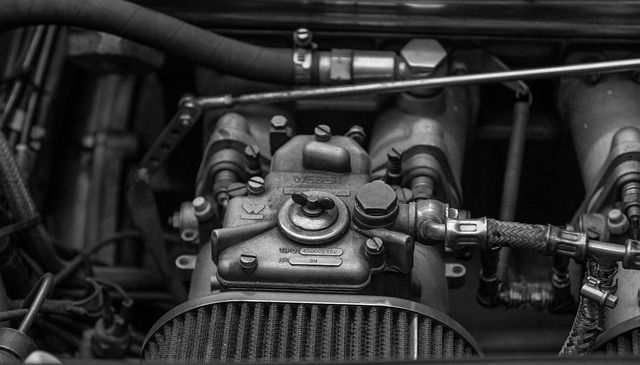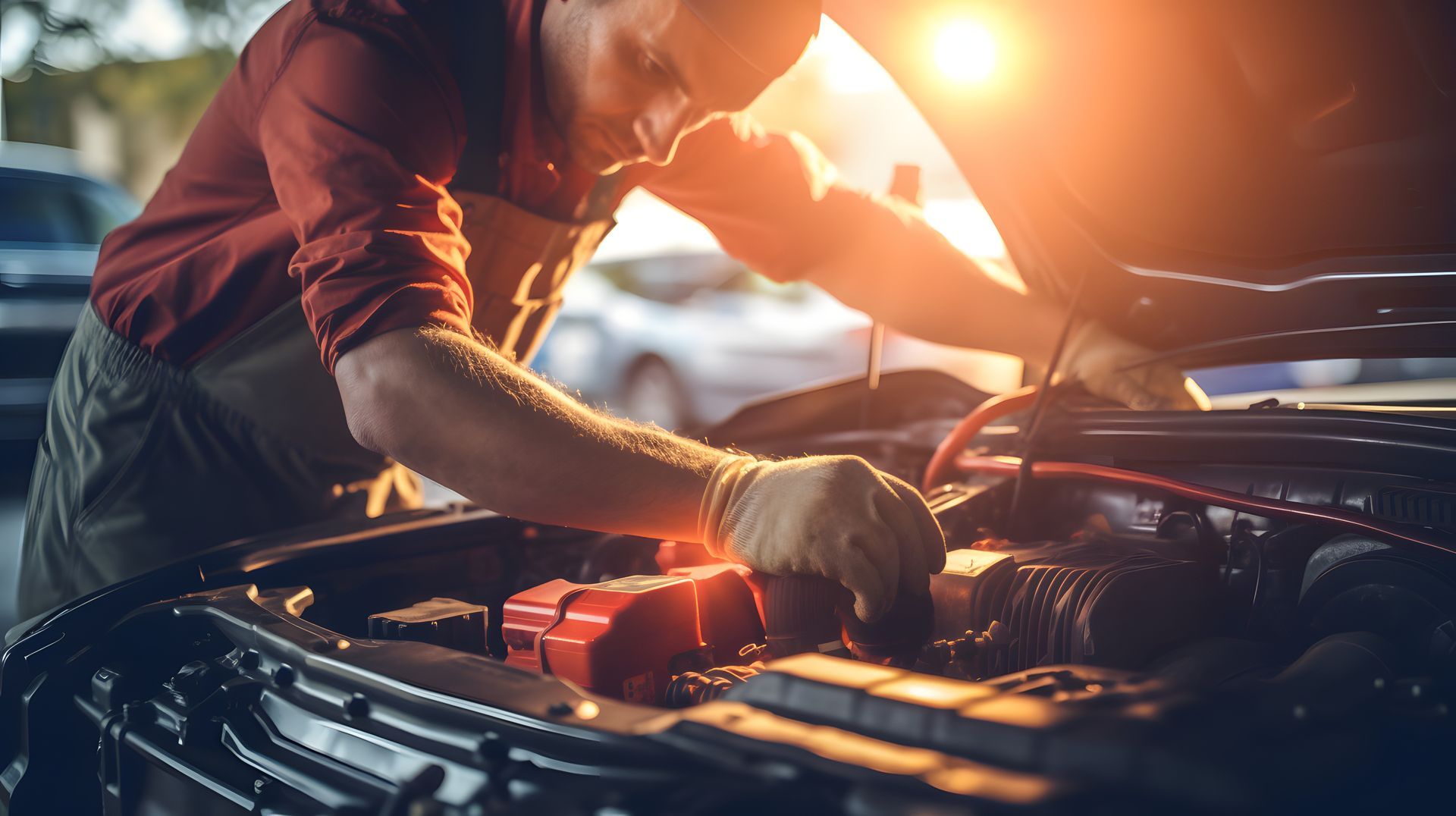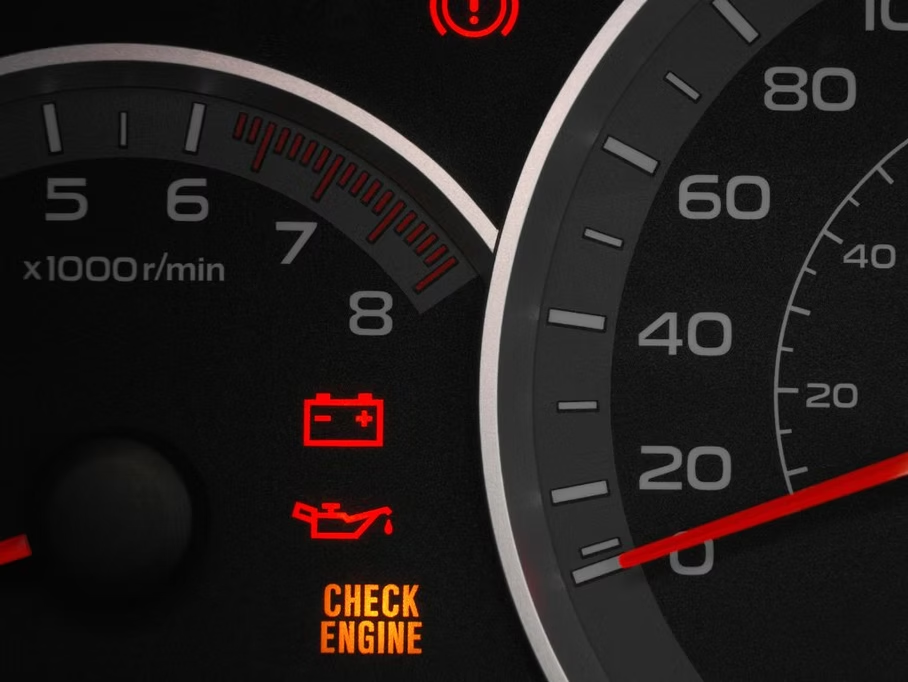Why Regular Brake Inspections Are Crucial for Your Safety
At Jones Complete Car Care, serving Salt Lake City, Taylorsville, and Clearfield, UT, we understand that when it comes to your vehicle's safety, few systems are as vital as your brakes. While they often operate quietly in the background, their reliable function is paramount to preventing accidents and protecting you and your passengers. In this comprehensive guide, we'll delve into the intricacies of your brake system, explain why regular inspections are non-negotiable, and provide valuable insights to help you stay safe on the road.
Understanding Your Brake System
Your vehicle's braking system is a complex network of components working in harmony to bring your car to a stop. Let's break down the key players:
- Brake Pads: These are the friction materials that press against the rotors to slow down your wheels. They are designed to wear down over time and require periodic replacement.
- Rotors: These are the metal discs that the brake pads clamp onto. They can become warped or damaged, affecting braking performance.
- Calipers: These are the hydraulic clamps that hold the brake pads and press them against the rotors.
- Brake Lines: These are the hoses that carry brake fluid from the master cylinder to the calipers. Leaks in these lines can lead to brake failure.
- Master Cylinder: This is the heart of the hydraulic brake system, supplying pressure to the brake lines.
- Brake Fluid: This is the hydraulic fluid that transmits pressure throughout the brake system. It needs to be clean and at the proper level for the system to function correctly.
The Perils of Neglecting Brake Maintenance
Ignoring brake maintenance can have severe consequences, putting you and others at significant risk:
- Increased Stopping Distance: Worn brake pads or damaged rotors can significantly increase the distance it takes to bring your vehicle to a stop, especially in emergency situations.
- Brake Fade: Overheating from prolonged or heavy braking can cause brake fade, where the brakes become less effective, leading to loss of control.
- Uneven Braking: Damaged or malfunctioning brake components can cause uneven braking, where the vehicle pulls to one side during braking, making it difficult to steer.
- Brake Failure: In extreme cases, neglected brake maintenance can lead to complete brake failure, a catastrophic event that can result in serious accidents.
Why Regular Brake Inspections Are Non-Negotiable
Regular brake inspections are crucial for several reasons:
- Early Detection of Problems: Inspections allow us to identify potential brake issues early, before they escalate into major problems. This can save you money on costly repairs and prevent dangerous situations.
- Ensuring Optimal Performance: Inspections ensure that your brakes are functioning at their best, providing you with the stopping power you need in any situation.
- Maintaining Vehicle Control: Properly functioning brakes are essential for maintaining control of your vehicle, especially in adverse weather conditions or during emergency maneuvers.
- Peace of Mind: Knowing that your brakes are in good condition provides peace of mind, allowing you to drive with confidence.
What to Expect During a Brake Inspection at Jones Complete Car Care
At Jones Complete Car Care, we follow a thorough brake inspection process:
- Visual Inspection: We carefully inspect brake pads, rotors, calipers, and brake lines for wear, damage, and leaks.
- Brake Fluid Check: We check the brake fluid level and condition, and test it for moisture contamination.
- Measurements: We measure brake pad thickness and rotor thickness to determine how much life is left.
- Road Test: We perform a road test to assess brake performance and identify any unusual noises or vibrations.
Signs You Need a Brake Inspection
Be alert for these warning signs that indicate your brakes need attention:
- Squealing or Grinding Noises: These noises often indicate worn brake pads.
- Vibration or Pulsation: This can be a sign of warped rotors.
- Pulling to One Side: This can be caused by uneven brake wear or a caliper issue.
- Spongy Brake Pedal: This can indicate air in the brake lines or a master cylinder problem.
- Increased Stopping Distance: If it takes longer than usual to stop, your brakes need attention.
- Brake Warning Light: If your brake warning light illuminates on the dashboard, have your brakes inspected immediately.
Jones Complete Car Care: Your Brake Safety Experts
At Jones Complete Car Care in Salt Lake City, Taylorsville, and Clearfield, UT, we are committed to ensuring your safety on the road. Our ASE Master Certified technicians are experts in brake repair and maintenance. We use high-quality parts and advanced diagnostic equipment to provide reliable and trustworthy service. We understand that brake problems can be concerning, and we strive to provide a transparent and stress-free service experience.
By prioritizing regular brake inspections and partnering with Jones Complete Car Care, you can ensure that your vehicle's most vital safety system is always in top condition.






